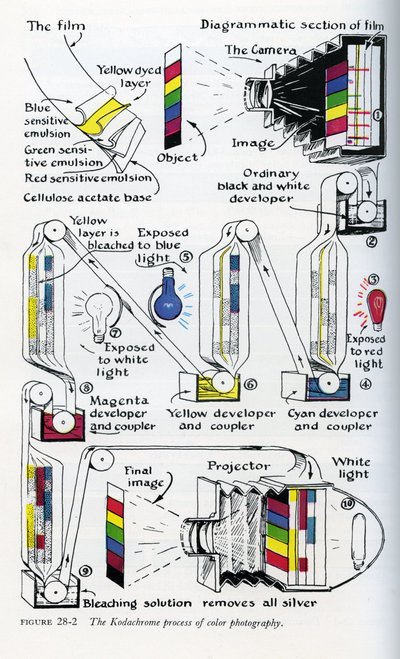In 1950 W. H. Freeman & Co. published Linus Pauling’s College Chemistry, a text that was fully illustrated by Roger. Pauling himself firmly recognized the importance of Roger’s contributions to the impact of his publications, stating, “The success of our paper will be determined in considerable part by the clarity of the drawings.” Later, in 1954, “The Structure of Protein Molecules” was published in Scientific American, an article by Linus Pauling and George Beadle in which Roger was included as a co-author rather than as just an illustrator.
Pauling and Roger interacted as colleagues during these years, building a relationship that lasted well into the next decade, and Roger expressed genuine interest in Pauling’s work. Though their correspondence was consistently centered on professional work and Roger’s contributions as an illustrator, a genuine personal connection manifested to some degree between them. Their personal association was still blooming when Pauling was awarded the Nobel Prize in Chemistry. Roger recounted:
“We spent the evening at a Caltech dinner given by the faculty to honor Linus Pauling for his award of the Nobel Prize in Chemistry. We were more than amazed to be seated at the head of the table, and Betty was seated beside Linus himself. The program was very nice, done with genuine appreciation and a considerable amount of genial ribbing. Linus is quite a remarkable character.”
In the meantime, Bill Freeman and his publishing company began working to complete Optics, a new physics textbook collaboration between Roger and John Strong. After an exhausting discussion with Roger about potential deals with other publishers, Strong had eventually agreed to work with Bill Freeman on the new book. An issue concerning Roger’s compensation from W. H. Freeman & Co. temporarily arose in 1953, but the matter was quickly resolved at the behest of Bill Freeman. Around this time Procedures in Experimental Physics was translated into Spanish, and Roger appeared in Marquis’ Who’s Who in the West in 1951, as well as Who Knows – and What in 1954, two publications that recognized and listed Roger’s professional achievements.

Reproduced illustration by Roger Hayward of the Kodachrome process as published in College Chemistry, by Linus Pauling. More images here

